Medical news on January 17: Coma, gas poisoning due to burning coal for heating
A 67-year-old female patient was hospitalized in a deep coma after using a charcoal stove to heat a closed room.
Coma, gas poisoning due to burning coal for heating
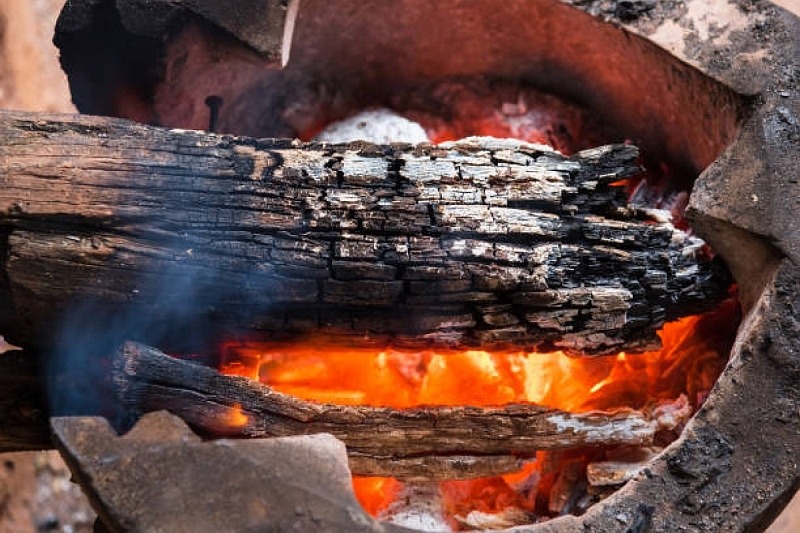 |
| Illustration |
Her family found her unconscious, not responding to calls, and immediately took her to Ha Quang General Hospital for emergency care, then transferred her to Cao Bang Provincial General Hospital.
On January 16, doctors at the Emergency Department – Stroke Unit, Cao Bang General Hospital, actively resuscitated and closely monitored the patient’s vital signs. However, the patient’s condition remained very serious, with brain damage due to CO poisoning, leading to a deep coma.
Using coal for heating in winter is a common practice in many mountainous regions of the North, especially in areas with cold weather.
However, coal smoke contains many toxic components such as carbon monoxide (CO), carbon dioxide (CO2), nitrogen oxide (NOx), and other substances such as sulfur oxide (SOx), soot, unburned hydrocarbons (CnHm), formaldehyde (HCHO)... These substances, when released into the air, will directly affect human health.
In particular, CO is a colorless, odorless gas that is very difficult to detect. When inhaled, CO quickly penetrates the blood, reducing the concentration of oxygen in the blood, causing symptoms such as headache, dizziness, lightheadedness, weakness, nausea, chest pain and impaired perception. Inhaling large amounts of CO gas can lead to unconsciousness and death very quickly.
Doctors recommend that people in cold weather absolutely should not use charcoal and should keep the doors closed in the house. According to Dr. Nguyen Trung Nguyen, Director of the Poison Control Center, Bach Mai Hospital, burning charcoal, firewood or using gas in a closed room will reduce oxygen and produce more and more CO gas, causing poisoning.
CO gas is colorless, odorless, and difficult to detect, especially when sleeping. CO poisoning occurs quickly. When inhaled, CO gas will penetrate the blood and replace oxygen in the blood, causing the victim to have headaches, dizziness, lightheadedness, nausea, chest pain, and impaired perception.
When feeling unusual signs, the victim may lose the ability to resist and gradually lose consciousness. Cases of inhaling large amounts of CO gas can cause severe poisoning, causing unconsciousness and rapid death, especially in pregnant women, children, the elderly, or people with chronic heart or lung disease.
About 40% of people with CO poisoning will have long-term consequences such as memory loss, difficulty concentrating, facial paralysis, abnormal movement, difficulty walking, stiff and trembling limbs, hemiplegia...
To prevent CO poisoning, the Department of Environmental Management, Ministry of Health recommends that people use safe heating devices instead of burning coal or firewood in closed rooms.
In economically disadvantaged areas, where modern machinery is not available, people should not use charcoal or honeycomb coal to burn in closed rooms. If the weather is too cold and coal must be used, it should only be used for a short time, the door should be left open to ensure ventilation and only heated when people are awake; absolutely do not heat overnight and keep the room door closed.
Families who regularly use charcoal stoves for cooking should place the stoves in well-ventilated areas, not burn charcoal indoors or in tents, and not run motorbike or car engines in the room, even when the door is open.
When discovering someone with carbon monoxide poisoning, family members should quickly open the door to ventilate the air, wear a wet mask and take the victim out of the dangerous area. If the patient stops breathing or has weak breathing, perform CPR immediately and quickly take the victim to the nearest medical facility.
For modern heating methods such as infrared heaters (heating fans, heating lamps, fireplaces, etc.), special attention should be paid, do not place near children and the elderly. The distance between the heater and the elderly should be 1 to 2 meters, and the heater should be set to rotate to avoid direct heating. When using an electric blanket, check carefully before use, turn on the warm mode to the right level and turn it off when it is warm enough, do not wash the electric blanket when it is still wet.
Thought it was a headache, turned out to be lung cancer with brain metastasis
A 70-year-old man had been suffering from persistent headaches, dry cough, chest pain and fatigue for two weeks. When he went to the doctor, he was diagnosed with lung cancer that had spread to his brain.
According to the family, the patient had a history of smoking for more than 50 years, drank a lot of alcohol, and suffered from diseases such as high blood pressure and diabetes. Magnetic resonance imaging (MRI) showed brain metastases. A chest and abdominal CT scan later confirmed that the lung cancer had metastasized to the brain and adrenal glands.
Dr. Pham Cam Phuong, Director of the Nuclear Medicine and Oncology Center, Bach Mai Hospital, said that the patient is in a high-risk group because he has been a long-time smoker, is addicted to alcohol, and has chronic obstructive pulmonary disease. The doctor has established a treatment regimen to prolong life, appropriate to the patient's health condition.
Lung cancer is one of the three most common cancers and the leading cause of cancer death globally. According to data from Globocan 2020, in Vietnam, lung cancer ranks second in both men and women, after liver cancer in men and breast cancer in women. Each year, our country records more than 26,000 new cases and 23,700 deaths.
Men are three times more likely to develop lung cancer than women, mainly due to smoking habits. Specifically, 90% of lung cancer cases are related to smoking, and 4% are due to passive smoking. Smoking increases the risk of lung cancer 15-30 times more than other types of cancer. In addition, genetic factors and environmental pollution also contribute to increasing the risk of the disease.
Dr. Phuong emphasized that early detection of cancer helps increase the success rate of treatment and reduce treatment costs. Lung cancer screening can detect 80% of cases at an early stage, when treatment is much more effective than when the disease is in a late stage. Screening methods include blood tests (CEA, CA-125, Cyfra 21-1, etc.), X-rays or computed tomography (CT) scans.
The doctor from Bach Mai Hospital also recommends that when there are unusual signs such as prolonged cough, fatigue, shortness of breath, unexplained weight loss, people should see a doctor immediately. In particular, people who smoke or have a family history of cancer should have regular screenings after the age of 40.
Beware of rare fungus that eats away at the chest area
The filamentous fungi thrive, combined with the patient's chest area being quite complicated with fungal infections, so active treatment with fungicides, intravenous antifungal drugs and thorough sterilization is required.
The Central Hospital for Tropical Diseases announced that it has successfully treated a patient with a rare fungus that caused muscle tissue necrosis in the left chest area.
Previously, after a day of working at the cemetery, Mr. NTT (60 years old, from Tuyen Quang, a cemetery manager) noticed a small red spot on his chest, like a common pimple. Two days later, the red spot gradually grew larger, the size of a fingernail, turned black and spread. Mr. T. decided to go to the district medical facility for examination and was hospitalized.
However, after two days of treatment, the ulcer not only did not improve but also spread and became painful. That same night, Mr. T. was transferred to the Central Hospital for Tropical Diseases. Doctors diagnosed him with necrotizing cellulitis in the left chest area, and a history of chronic gout and hypertension.
When admitted to the hospital, Mr. T. was still conscious, but the ulcer on his chest had become black and necrotic, about 10×10 cm in size, and had spread. Doctors at the Department of Trauma Surgery – Orthopedics – Spinal Neurology diagnosed him with tissue necrosis similar to gas gangrene and decided to perform surgery to remove the necrotic part. However, on the second day after surgery, doctors discovered that the patient had a fungal infection that caused necrosis.
The filamentous fungi thrived and because the chest area was complicated by fungal infection, Mr. T. had to be actively treated with fungicides, intravenous antifungal drugs, combined with thorough disinfection.
According to specialist doctor I Pham Van Tinh, Department of Trauma Surgery - Orthopedics - Spinal Neurology, necrotic fungus is a rare disease and very difficult to detect in the early stages.
The initial signs are often unclear, as the disease progresses rapidly with black ulcers on the skin (very dangerous), but no pus or red infection. Therefore, it is necessary to pay attention to black lesions on the skin for early detection.
Mr. T. underwent a second surgery to completely remove the necrotic areas and the fungal bacteria that had penetrated deep into the muscle tissue. After this surgery, his health gradually stabilized. It is expected that after 7 days, Mr. T. will continue to undergo skin patch surgery on his chest area.
Dr. Pham Van Tinh recommends that people, especially trauma victims, pay attention to scratches that come into contact with dirty soil. Such wounds are susceptible to fungal infections and can lead to a high risk of death if not treated promptly.




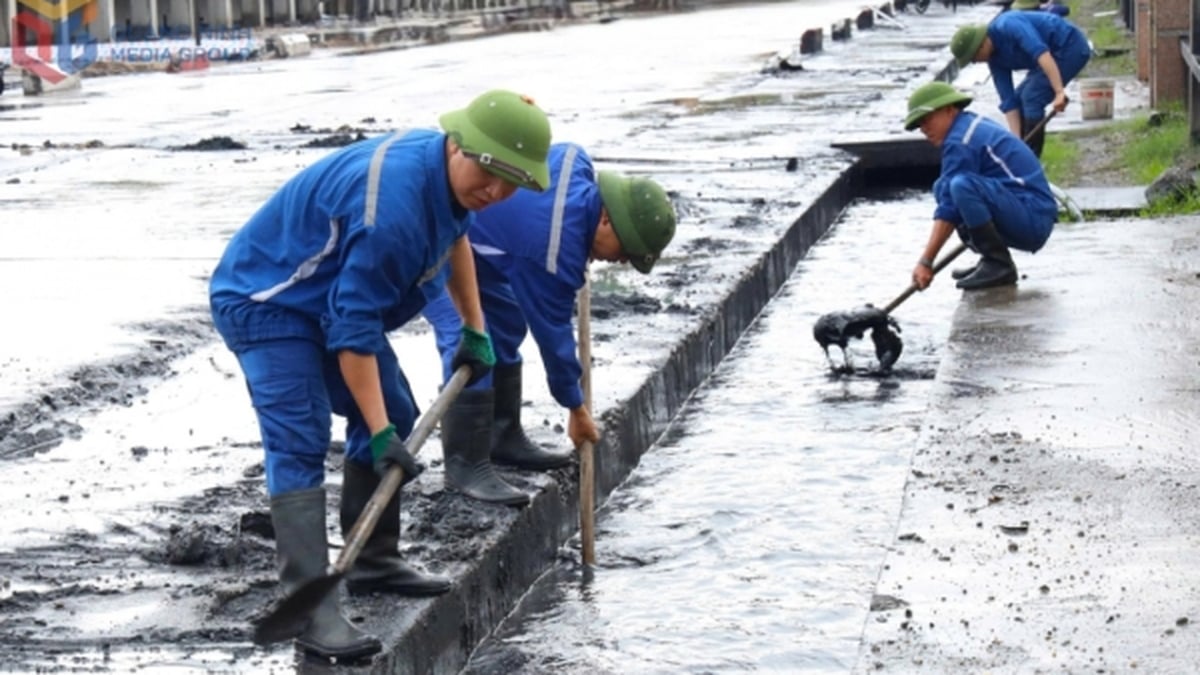


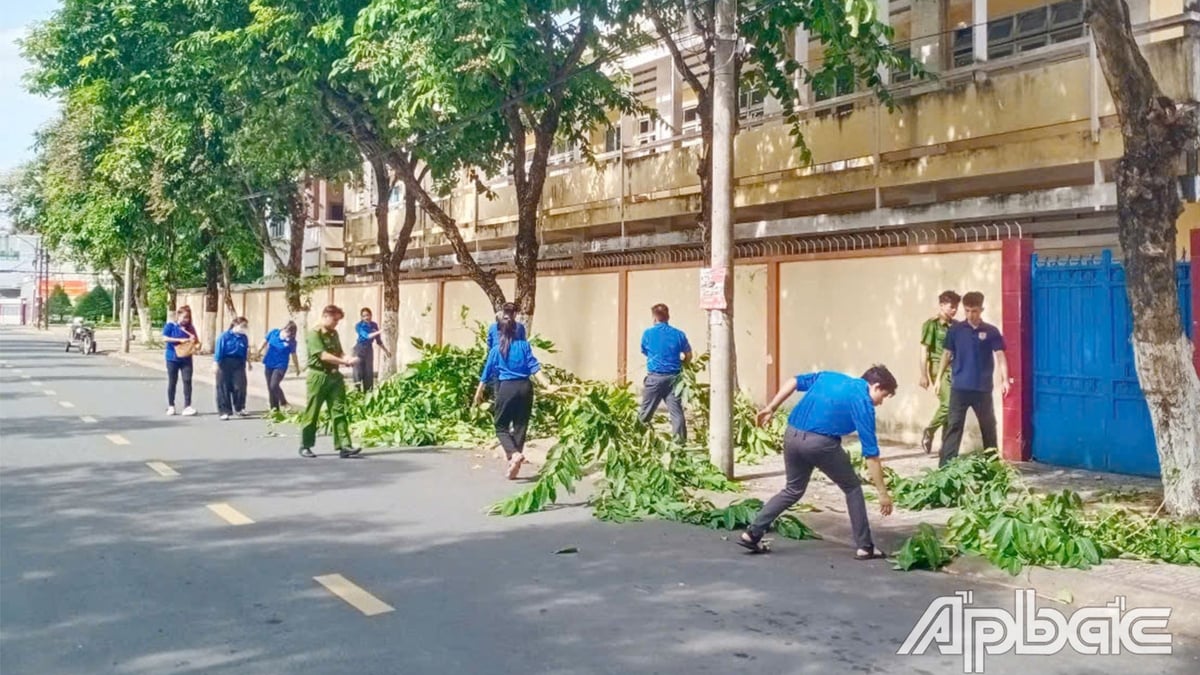

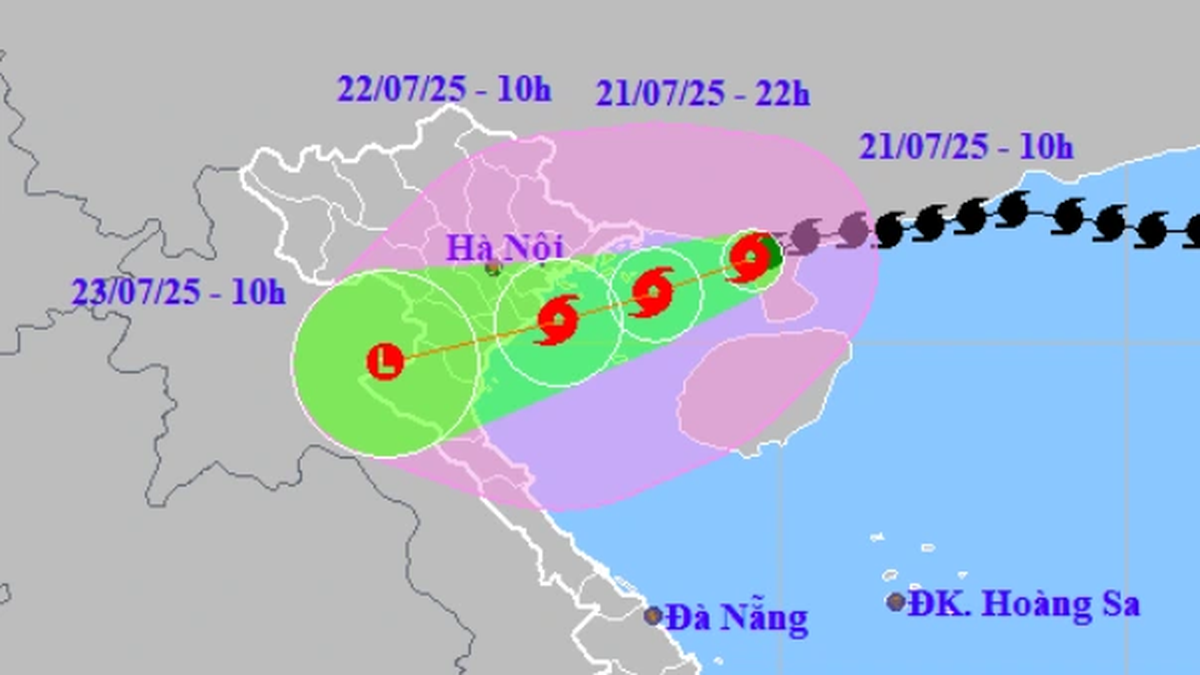












![[Photo] National Assembly Chairman Tran Thanh Man visits Vietnamese Heroic Mother Ta Thi Tran](https://vphoto.vietnam.vn/thumb/1200x675/vietnam/resource/IMAGE/2025/7/20/765c0bd057dd44ad83ab89fe0255b783)
















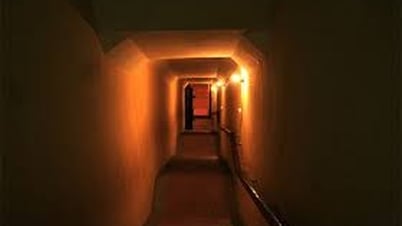






















































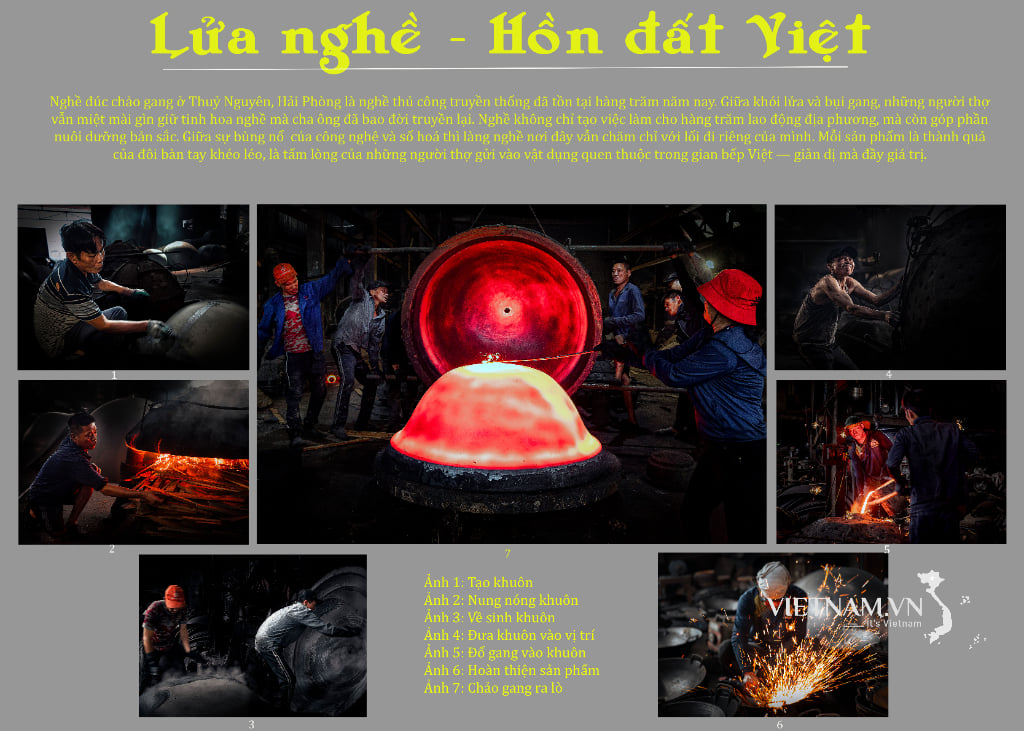
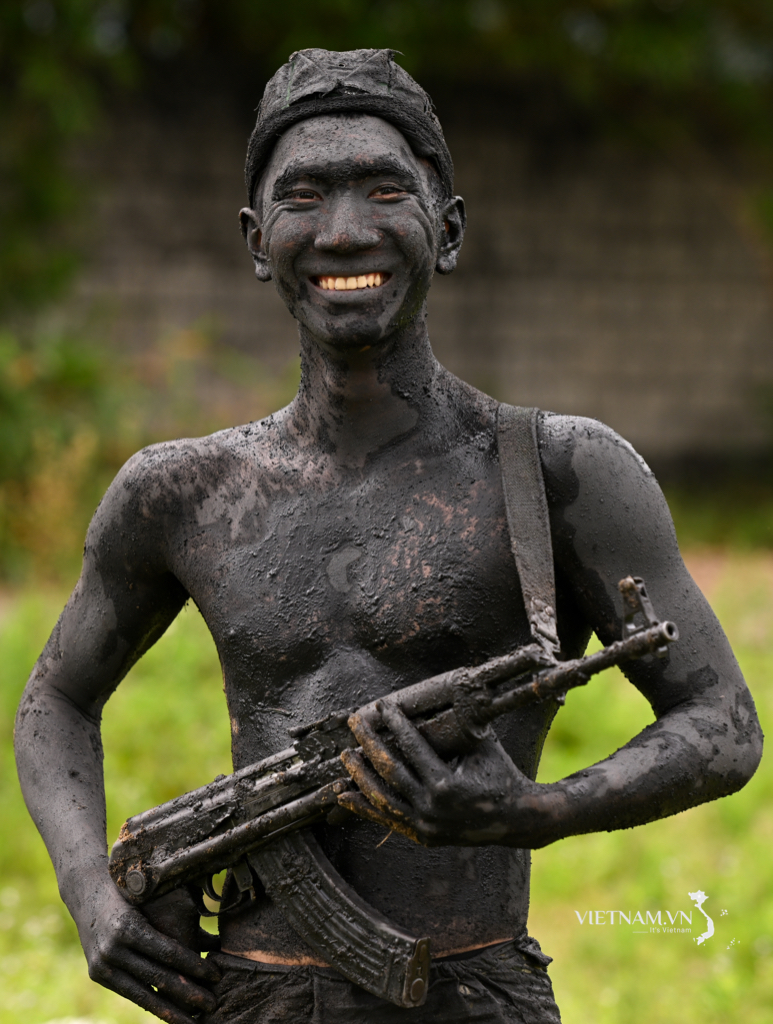
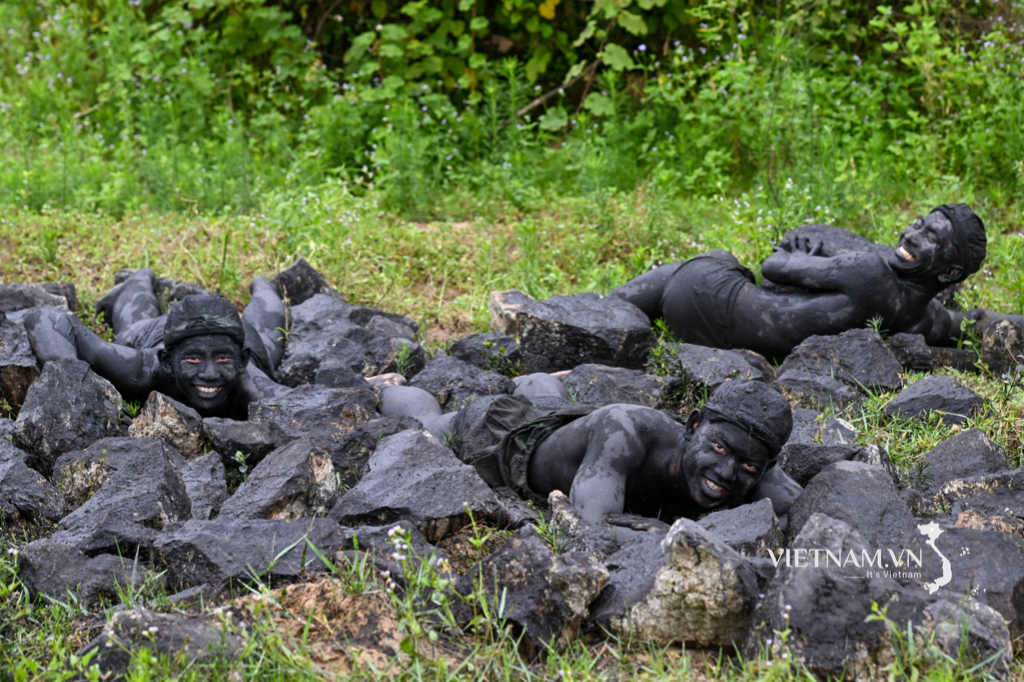

Comment (0)